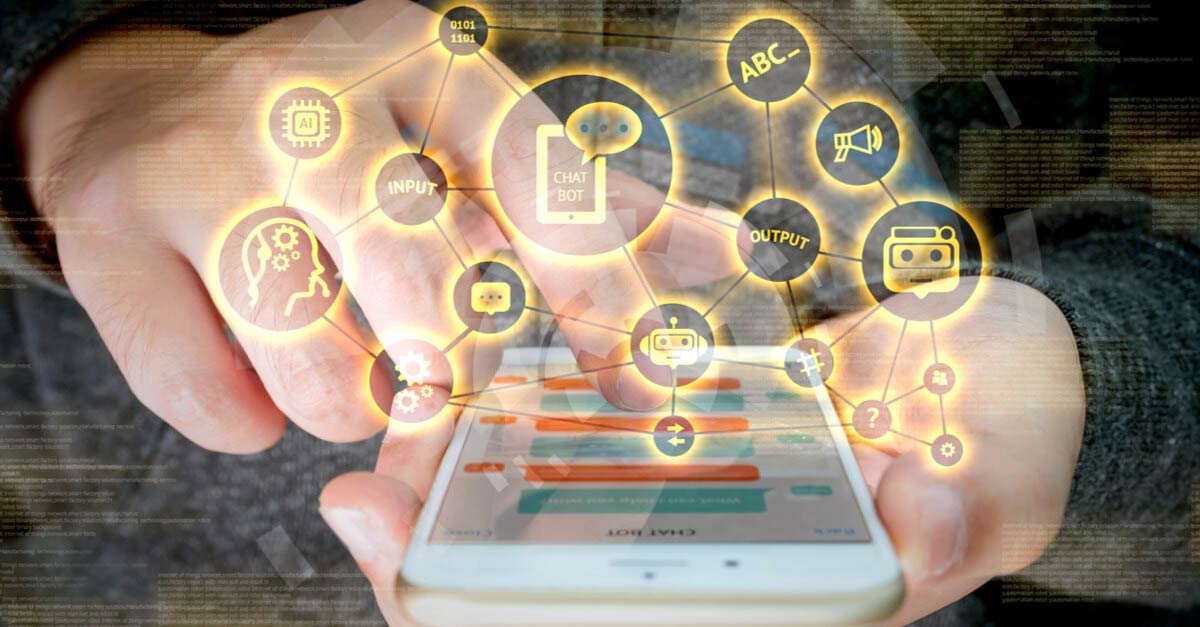The last entry detailed how designing your automation based on existing live agent behavior is essential to a consistent and efficient customer experience. We all know that in this age of digitization, however, your company’s self-service strategic plan has to consider more than just the voice channel. This post details the importance of omnichannel, and how to consider introducing AI self-service across all channels in an integrated way.
“You are only as good as your weakest channel.” A great insight offered up by Nancy Jamison, a Principal Analyst of Digital Transformation at Frost & Sullivan. In other words, if a customer has a bad experience in one channel, or is unable to cross through multiple channels with seamless ease, that frustration sticks with them more so than a good experience would. They may assume that your entire customer experience is as weak as the channel they just used, and will be discouraged from engaging with your company altogether. So why do companies build their channels in silos?
Oftentimes, it is due to initial integration concerns or a desire to get an emerging platform online fast. But this silo channel approach often ends up more expensive and time consuming for them in the long run. Especially when talking about AI, the theory is that a silo approach requires training and retraining multiple, separate AI engines, which can take lots of time and even more money. It also creates a complex contact center environment, making it more difficult to integrate the silo channels at a later date.
Not to mention, a silo approach can lead to a poor customer experience. For example, if a customer initiates contact in an online chat and is directed to a phone conversation, they may have to initiate their inquiry again and provide the same information they just gave in the chat. Customers do not want to put in the extra effort that silo channels often necessitate. An ideal omnichannel offering is able to share information and personalize every experience.
As you explore self-service technologies, make sure you will have options to deliver automation in many channels. It is the best way to measure the success of your call center and self-service options. While silo channels have disparate reporting mechanisms, an omnichannel self-service engine will allow you to examine which channels are meeting your goals and where improvements can be made. This data paints a more complete picture of the customer journey.
As customers’ self-service preferences evolve, an interconnected omnichannel offering is just a part of meeting customers’ expectations of effortless and efficient service. But not all customers are alike. The next entry will deal with how best to organize your self-service to deal with these varying preferences.




